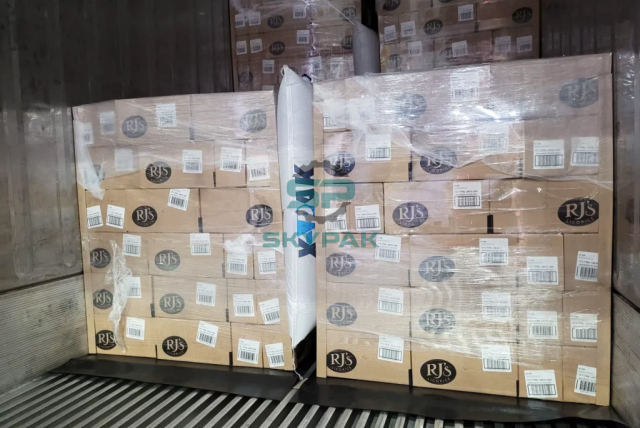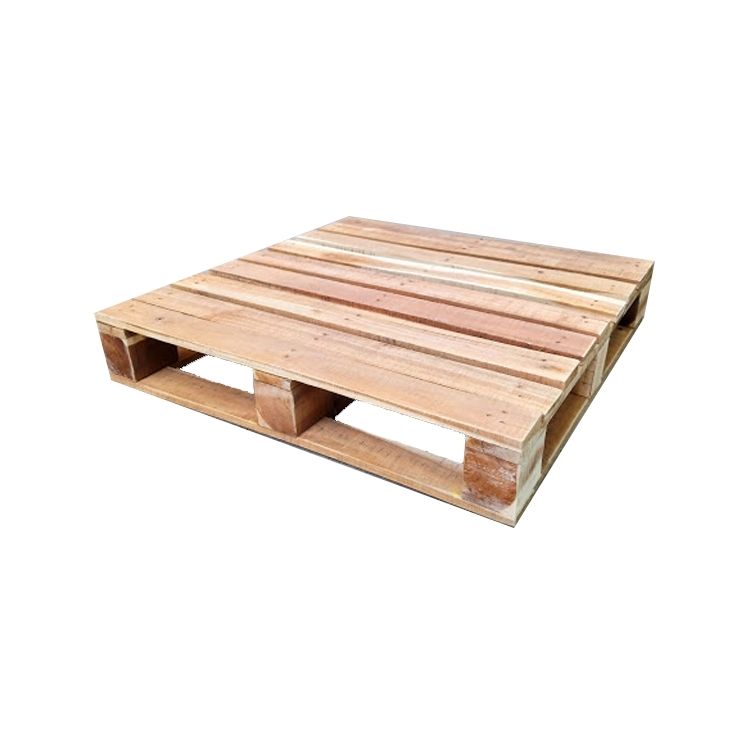
There are several methods of offloading commonly used in the transportation industry that help ensure that goods are transported safely. Different systems will have different ways of working. Each system has its advantages and disadvantages, although they are often used in combination to achieve optimal load safety. Let’s explore 3 methods of load restraints effectively in the article below!
Methods of load restraints effectively with composite straps

The freight industry uses composite straps to secure cargo in place. These straps can be used to secure a wide variety of loads due to their wide range of belt widths and buckles, holding loads of different shapes and sizes, and ensuring cargo are securely held in place. sure, moreover can adjust the tension of the belt.
Composite straps are more stretchy and flexible than conventional steel straps. Tighten and secure the cargo using the hook mechanism to increase the tension. Straps are made from high-grade composite and are often used to stabilize goods inside containers.
An important benefit of composite straps is that they can be tightened quickly and easily, saving time and effort. In addition, the clasp mechanism provides a stronger hold than conventional methods, reducing the chance of goods shifting or falling off during transit. Proper lashing techniques can help optimize the use of space on a pallet or inside a container, allowing more cargo to be carried in a single trip, which saves time, fuel, and other resources.
Limit a load of goods with PE film

When transporting goods, PE film is often used to wrap around the load and keep the goods in place. PE film is made of strong, waterproof, durable, and wear-resistant material. Prevent the goods from being scratched during transportation. Especially PE film helps prevent oxidation, so when transporting metal products, it will reduce the risk of peeling or rusting.
PE film is especially useful to keep the goods inside the container in a unified block, saving storage space and avoiding the risk of goods falling out of the container when opening the door. PE film has a light structure and does not increase the load of goods like conventional packaging materials such as crates, ropes, or steel ropes …
Limit cargo load with dunnage airbags

The container cargo airbag is an inflatable airbag made of sturdy laminated polypropylene. These bags are placed between cargo loads to prevent the cargo from moving during transit. The duffle bag can be quickly inflated and deflated to the right air pressure using an inflatable pump. It is the ideal tool to fill gaps and ensure goods do not move during transit.
Duffle bags have several advantages over other load restraint systems in that they are light and easy to handle, which eliminates the risk of injury to workers. They can also be reused over and over again, which makes container airbags a cost-effective and eco-friendly solution for keeping goods safe during transit.




















